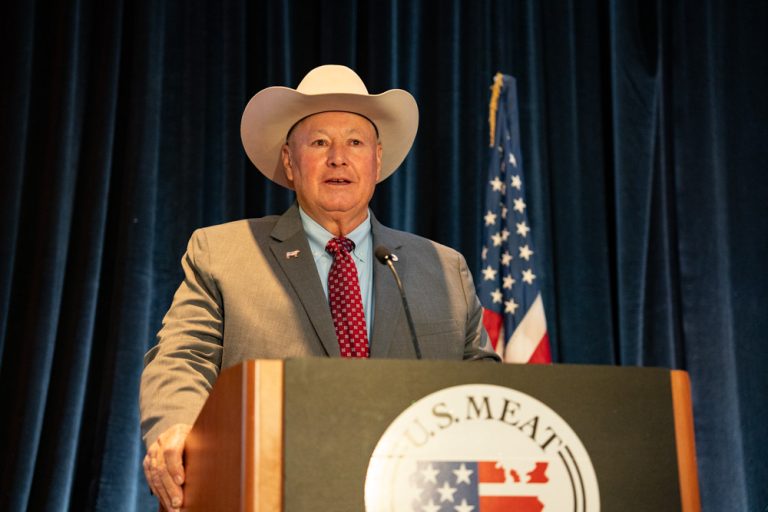IARN — Surely you remember “The Tortoise and the Hare.” Moral of the story is “slow and steady wins the race,” which may also be the moral of this year’s harvest.
Justin Miller, of Gladbrook, began harvesting seed corn for Pioneer in late August. His assignment, stretching over three counties, sustained notable damages following the August 10 derecho.
“We’ve been over a three county area, and the derecho did not pick and choose who was affected,” Miller says. “North, south, east, and west, there’s troubled areas in many spots.”
Accumulated damages weigh on harvest efficiency. Pioneer instructed crews to carefully approach damaged crops by harvesting in one direction.
“It takes more time to ‘one way’ it. We’re here for the farmer and we’re doing a better job doing it one way. We tried doing it round and around, but the quality is not there,” Miller says.
Miller tells producers, “Patience will be your friend this harvest.”
“Enjoy bean harvest,” Miller says. “I don’t know what’s going on there; we haven’t started yet. Be prepared for your neighbor’s that you haven’t found yet to be out there in the middle of the field. I’ve found several branches, especially next to roads. There’s going to be wear and tear on your machines.”
Harvesting downed corn day-in and day-out takes its toll. Miller, who also raises seed corn, empathizes for other producers affected by Mother Nature.
“The emotional drain of seeing whipping corn all day long – By day three or four, it’s tough. Then one way over spray tracks. Everybody must have sprayed after we had 13 inches of rain,” Miller says. “(It’s) between that, tile lines, wear and tear of machinery, and several breakdowns. Doing daily, morning maintenance has been the most important part of it.”
Assessing equipment prior to operation prevents downtime, which then allows harvest crews to gain a better understanding of what is in the field. Miller says yields remain favorable, given the circumstances.
“They’re (yields) average compared to any other year. Ninety-five to 99-percent of what we’re getting pollinated well, even with the drought conditions. It’s a booger to get, but it’s worth your time to at least make an attempt at it,” Miller says.
All-in-all, Miller believes 2020 will be one for the books, similar to 2019.
“Last year (was) a super wet year. (We) rutted/tore up a lot of fields. You can get rid of that,” Miller says. “The derecho has affected us in many other ways though: Operations, families, acreages, and all of the above. Physical and emotional damage. It’s comparable, but every year brings its own new challenge.”
Story courtesy of the Iowa Agribusiness Radio Network.
Photo by Anna Hastert (Iowa Agribusiness Radio Network)












